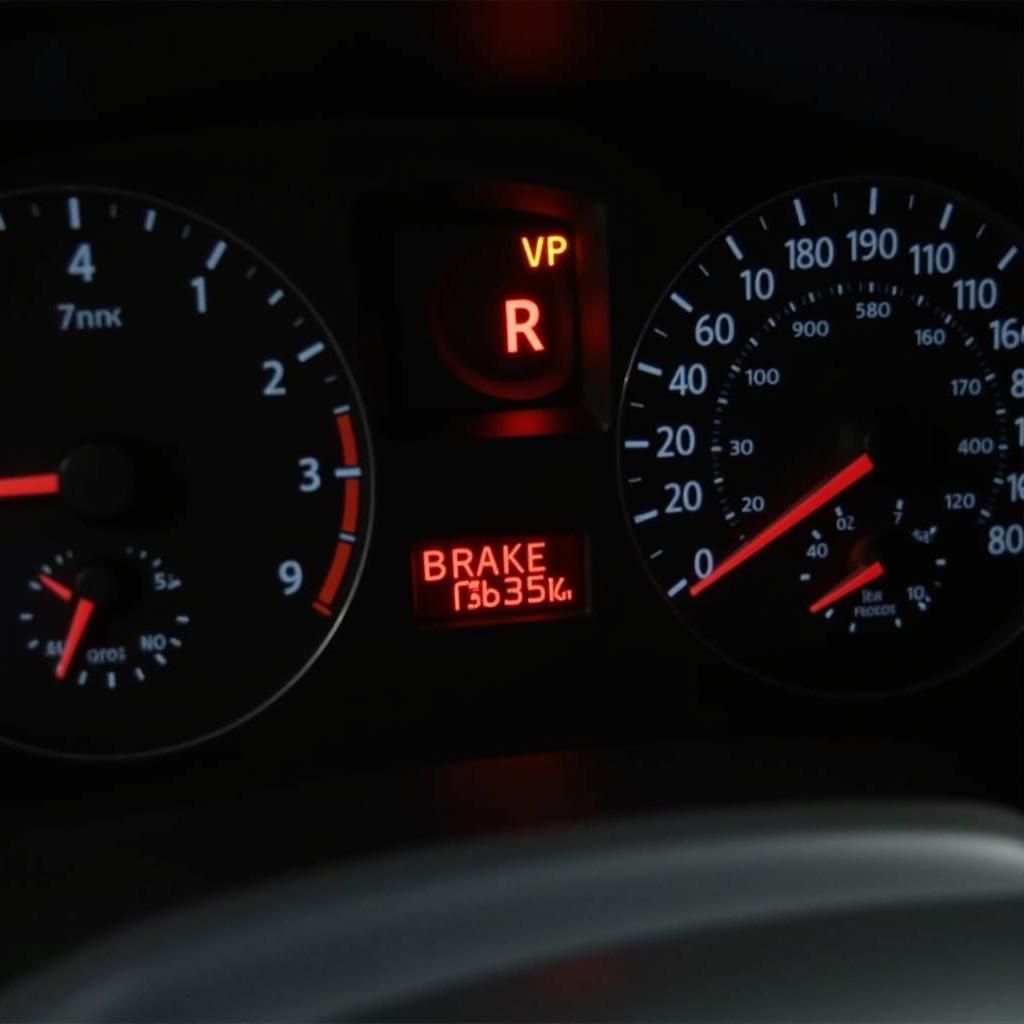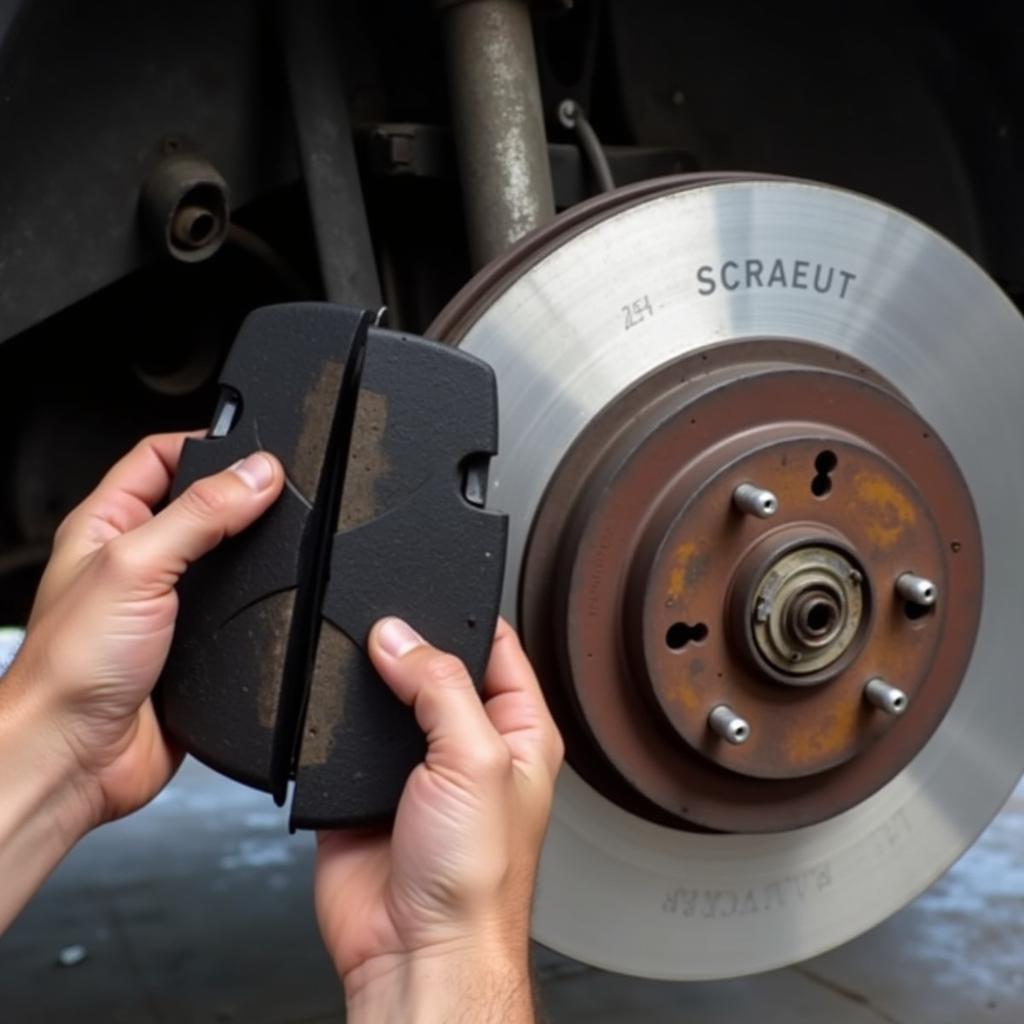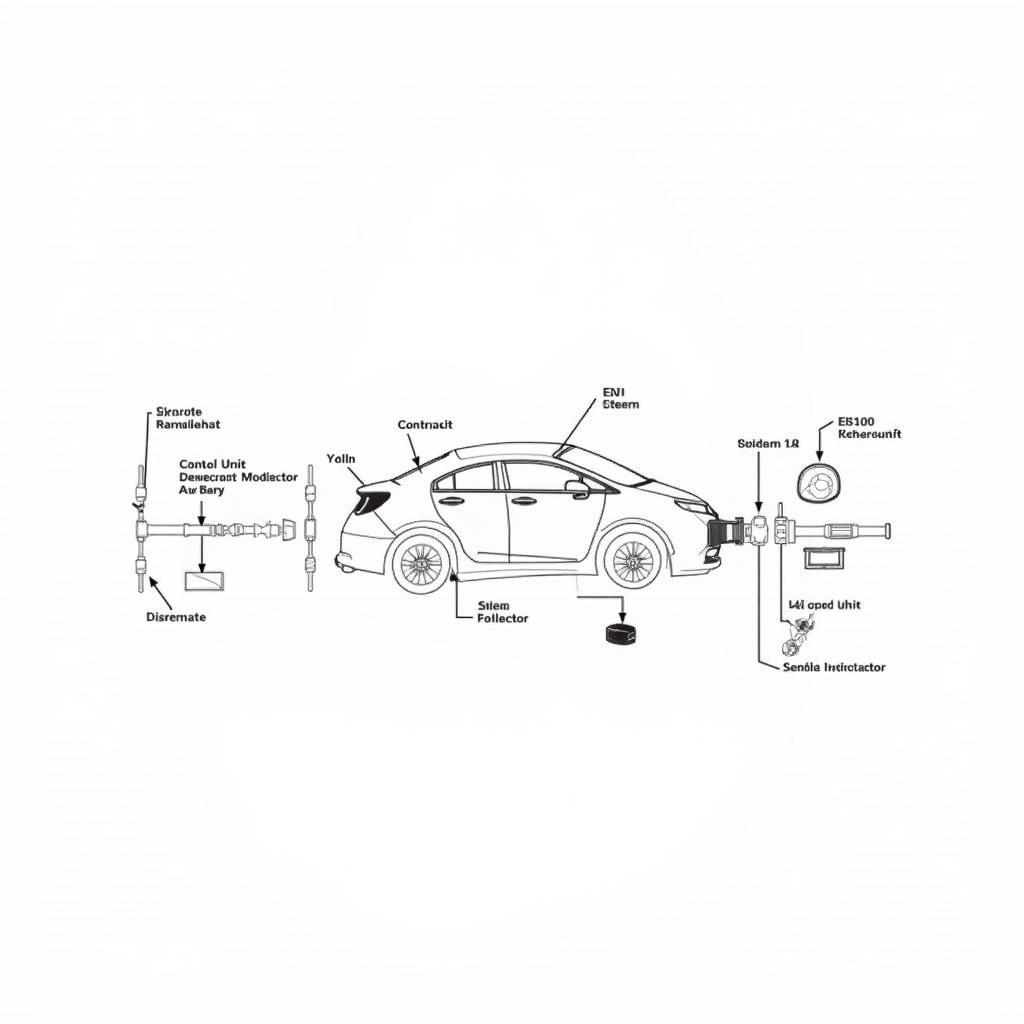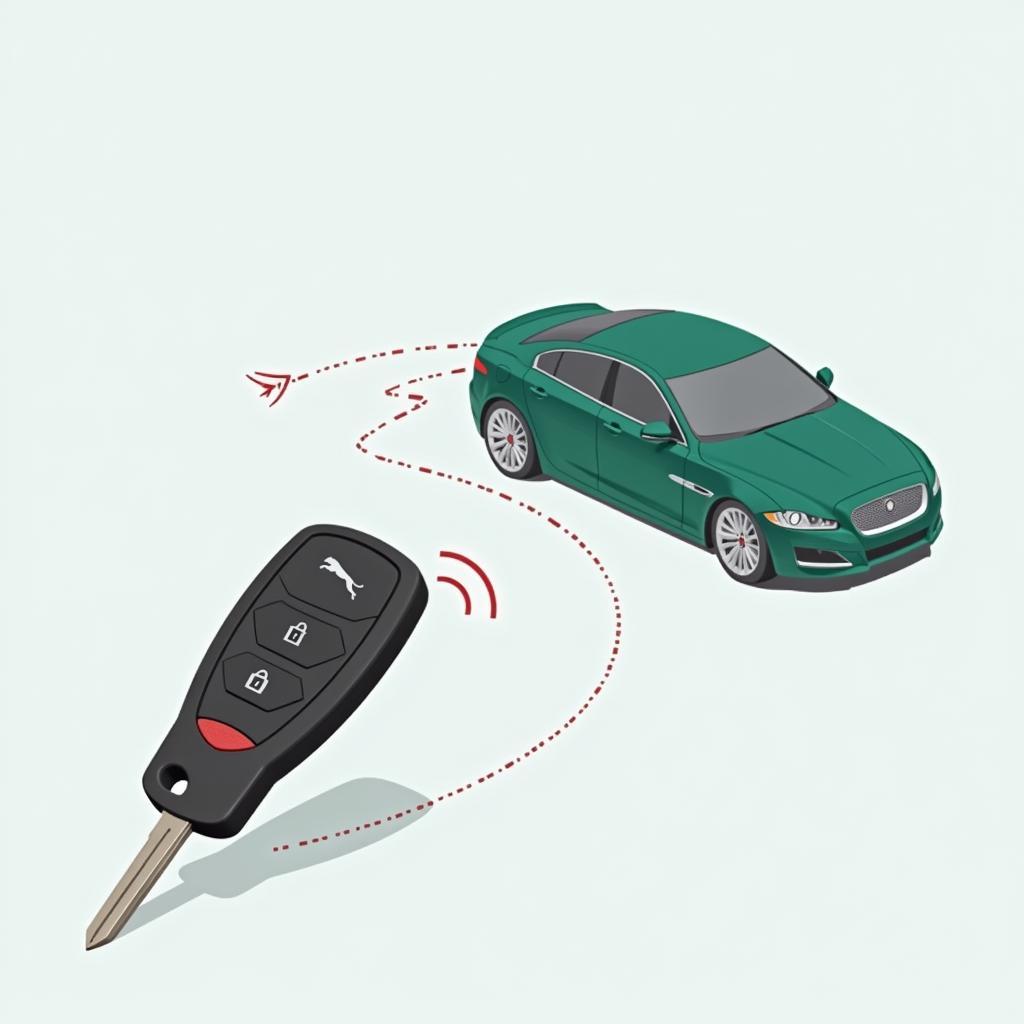If you’re driving a 2010 Ford Transit and your brake pad warning light pops on, it’s definitely time to investigate. This light is your van’s way of telling you that the brake pads are wearing thin and need replacing. Ignoring this warning can lead to costly repairs down the line, or even worse, a safety hazard.
This comprehensive guide will walk you through the process of not only understanding the warning light but also resetting it after addressing the underlying issue.
Understanding Your Ford Transit Brake Pad Warning Light
The brake pad warning light is part of your Transit’s electronic brake monitoring system. When the brake pads wear down to a certain point, a sensor embedded within the pad itself triggers the warning light on your dashboard.
 Ford Transit dashboard with brake pad warning light illuminated
Ford Transit dashboard with brake pad warning light illuminated
Why is My Brake Pad Warning Light On?
While worn brake pads are the most common culprit, there are a few other reasons why your brake pad warning light might be illuminated:
- Worn brake pads: As mentioned, this is the most likely reason.
- Faulty brake pad sensor: The sensor itself could be malfunctioning, sending a false signal.
- Damaged wiring: A wire connecting the sensor to the warning light system could be damaged.
- Low brake fluid: This can trigger the same warning light, and it’s crucial to check your brake fluid level if the light comes on.
What to Do When Your Brake Pad Warning Light Comes On
-
Safety first: Find a safe place to pull over and assess the situation.
-
Check your brake fluid: If the brake fluid level is low, add more brake fluid that meets the specifications outlined in your owner’s manual. However, if you notice a consistent need to top up your brake fluid, it could indicate a leak, which needs immediate professional attention.
-
Inspect your brake pads: If you’re comfortable with basic car maintenance, you can visually inspect your brake pads. If they appear thin, it’s time for a replacement.
“It’s crucial to remember that driving with severely worn brake pads can significantly reduce your stopping power, putting you and others at risk.” – John Miller, Automotive Engineer
-
Visit a mechanic: If you’re unsure about any aspect of brake inspection or repair, it’s always best to take your Transit to a qualified mechanic. They can diagnose the problem accurately and ensure the repairs are carried out correctly.
 Close-up of worn brake pads on a Ford Transit.
Close-up of worn brake pads on a Ford Transit.
How to Reset the Brake Pad Warning Light on a 2010 Ford Transit
After replacing your brake pads, or if you’ve determined the warning light was triggered due to a faulty sensor or other issue, you’ll need to reset the light. Here’s how:
Method 1: Automatic Reset
In some cases, the brake pad warning light might reset automatically after a few cycles of driving with the new brake pads installed.
Method 2: Manual Reset Using a Diagnostic Tool
-
Connect a diagnostic tool: You’ll need an OBDII diagnostic tool, which you can purchase online or at most auto parts stores. Connect the tool to the OBDII port located under the dashboard on the driver’s side.
-
Turn on the ignition: Turn the key to the “on” position but don’t start the engine.
-
Follow the tool’s instructions: Each diagnostic tool has its own set of instructions. Generally, you’ll navigate through the tool’s menu to find the option for resetting the brake pad warning light.
“While the manual reset might seem straightforward, always refer to your vehicle’s manual or seek guidance from a professional if you’re unsure about any step.” – Sarah Chen, Certified Automotive Technician
Important Note: If the warning light persists even after replacing the brake pads or troubleshooting other potential issues, it’s best to consult with a qualified mechanic to diagnose and address any underlying electrical problems.
Conclusion
Addressing a brake pad warning light promptly ensures your safety and the optimal performance of your 2010 Ford Transit. By understanding the causes and following the reset methods outlined in this guide, you can confidently handle this common maintenance task. However, always prioritize safety and seek professional help if you’re unsure about any aspect of brake repair.



